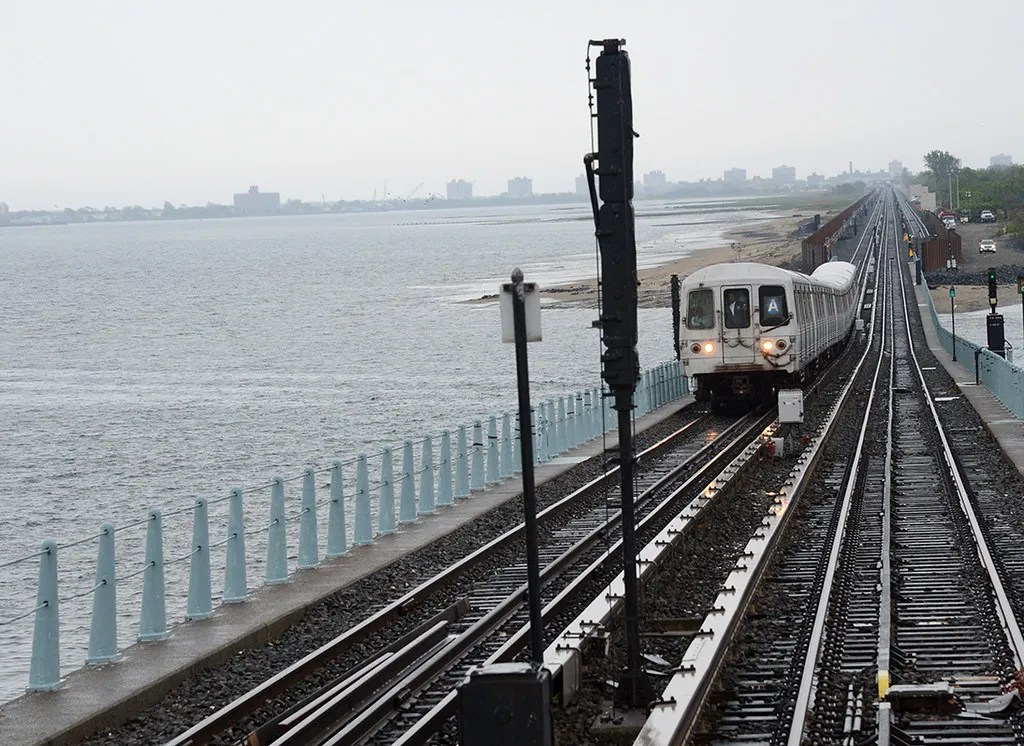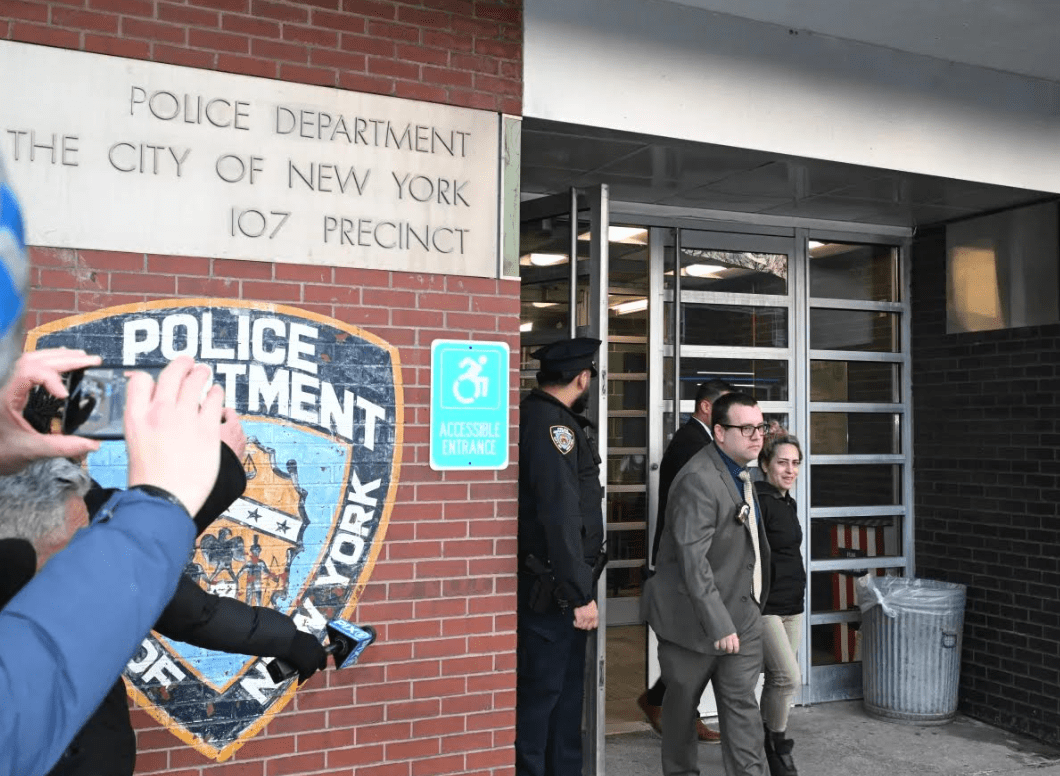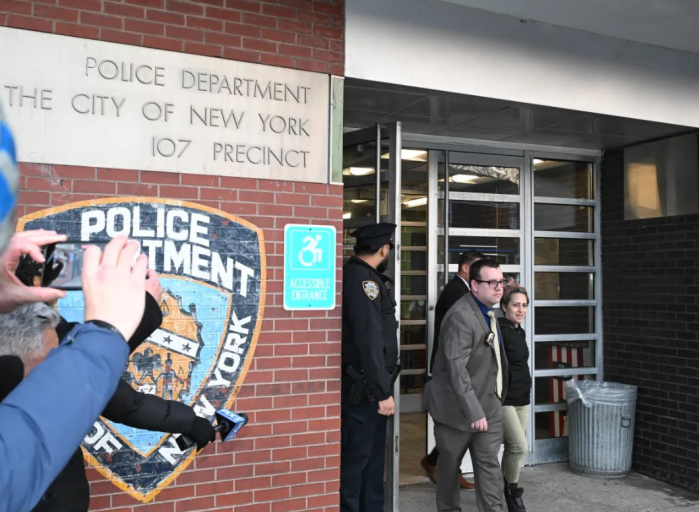By Leonard Quart
I’ve always loved the elusively intricate films of the Italian director, Michelangelo Antonioni (e.g., “L’Eclisse,” “Red Desert”) and seen them countless times. But his brilliant and mysterious “The Passenger,” which I saw when it opened in 1975, disappeared from view for the last 19 years. The reasons for it vanishing make for a complicated story. Antonioni brought it in just under two-and-a-half hours, but it was still too long for its distributor MGM, which demanded a shorter version for the North American market that excluded two crucial scenes. Antonioni felt his film had been mutilated.
Despite Antonioni’s condemnation, the film’s star, Jack Nicholson, negotiated a purchase of “The Passenger” in 1983, so he could protect a film he loved from potential corporate malfeasance and exercise some control over its proper exhibition. He obtained global rights to all versions in 1986. Subsequently, Nicholson was unhappy with all suitors for a theatrical and ensuing DVD release until he began discussions with Sony Pictures Classics in early 2003; a deal was finalized in May of 2004. It’s finally been released in the director’s preferred cut for a limited theatrical run, and demands to be seen by any filmgoer who is willing to look at a film whose narrative is not conventionally laid out and whose meaning defies simple explication.
Though “The Passenger” has a Hollywood star as its protagonist — Jack Nicholson — it’s not the iconic, manic, bigger-than-life “Jack” we all know, but rather an actor who loses himself in his dry, despairing character. He plays David Locke, a documentary filmmaker covering a guerrilla war against an authoritarian dictator in the Chad desert, who is stymied in his work. By chance he gains the opportunity to change identities with a man who resembles him, David Robertson (Chuck Mulvehill), a solitary gunrunner committed to supplying arms to the rebels. Locke, who has an unhappy marriage and whose life is weighed down by self-hate and a sense of profound isolation, makes the choice to bury his past and live Robertson’s life without knowing the dangers it may involve.
“The Passenger” may at first look like a thriller; however, it’s not the kind of film where the audience is set on edge as the dictator’s brutal thugs, Locke’s ex-wife, and his producer—all of whom are on his trail—try to catch up with him. Antonioni has never been a director of films in which plotting, external action, and tension are primary, though there are more of these things in “The Passenger” than is his norm. More central to his movies are the emotional states of his characters, and in this case, it’s the depiction of Locke’s desolation that is most significant. As his wont, Antonioni never tries to define what the sources of Locke’s behavior are. Even though his torment is existential and clearly stated, it’s something that can’t be reduced to some childhood trauma.
To illuminate what Locke is feeling, it’s sufficient for him to drift from one striking setting to another, from the luminous and forbidding African desert to London’s Bloomsbury and a graceful Georgian Square, to Barcelona’s Ramblas and Gaudí’s Palaccio Guell, and then on to the orange groves of Southern Spain. Antonioni has always been interested in using landscape, urbanscape, and domestic interiors to express his characters’ emotional and spiritual condition, and in this film, the emptiness of the desert and the bleakness of the African towns stunningly reinforce a perturbed Locke’s own feelings of meaninglessness.
On the road, Locke picks up a young architecture student (a sweet, understated, somewhat difficult to decipher Maria Schneider) who he gets pleasure having sex and being with. But she only offers a brief respite from a life that no new identity or woman can transform. Locke plaintively asks her to leave (“What are you doing with me?”), and the film concludes as his journey ends just where it began, at a dead end.
Antonioni’s distinctive style works beautifully in “The Passenger.” The dream-like long takes (especially the final, seven minute one), the sense of space, the eye for detail, make him a director of great formal rigor. I have provided one interpretation of the film, but I know that seeing it more than once will open up the viewer to other dimensions of “The Passenger.” It’s far too rich and resonant a film to be understood too quickly.



































